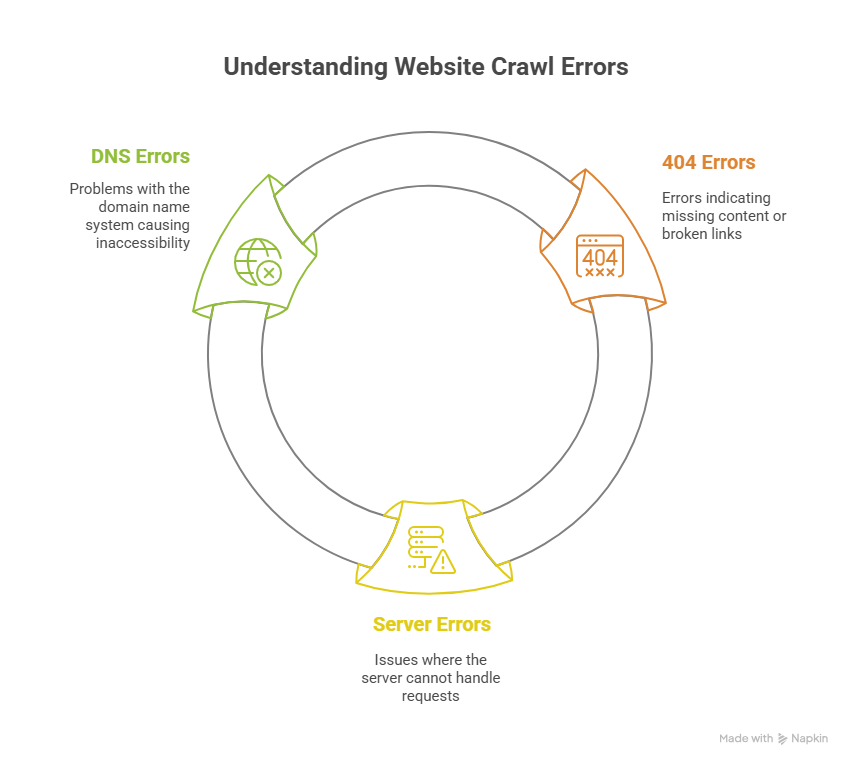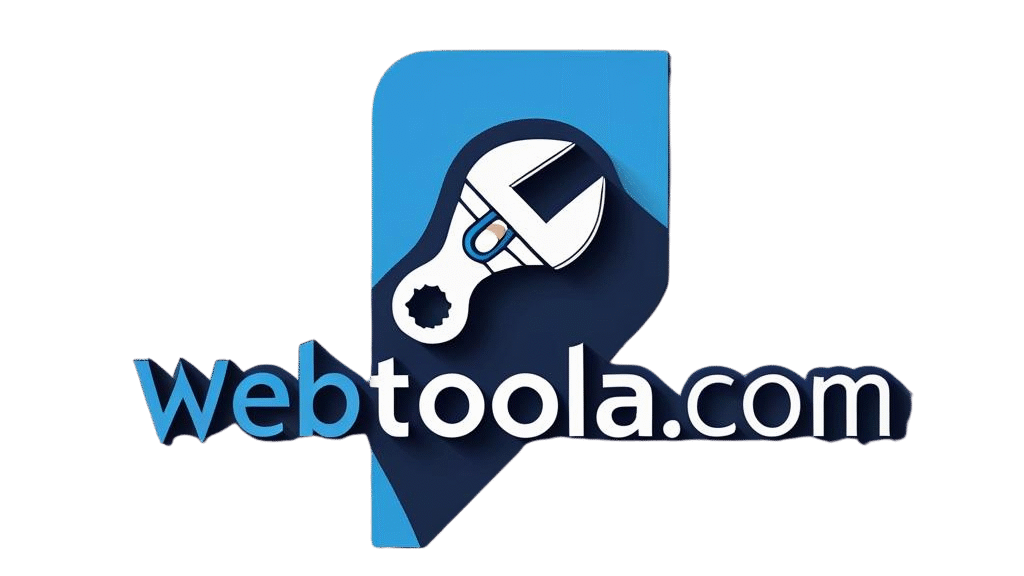A shocking 20% of websites experience crawl issues that can significantly impact their online visibility. Crawl errors can lead to a substantial loss in website traffic and revenue if left undetected.
Identifying and resolving these issues is crucial for maintaining a healthy online presence. Website error detection is the first step towards ensuring that your site is crawled and indexed correctly by search engines.
Using the right crawl error detection tools can simplify the process, saving you time and resources. In this article, we’ll explore the importance of detecting and fixing crawl errors and introduce you to some of the most effective tools available for the task.
Why Crawl Errors Matter for Your Website’s Success
Understanding crawl errors is crucial for maintaining a healthy and efficient website. Crawl errors occur when search engines like Google can’t access your website’s pages, which can lead to a range of issues affecting your site’s visibility and user experience.
To grasp the significance of crawl errors, it’s essential to understand their impact on your website. Crawl errors can hinder your website’s ability to rank higher in search engine results, ultimately affecting your online presence.

How Crawl Errors Impact SEO and User Experience
Crawl errors can have a detrimental effect on both SEO and user experience. When search engines encounter crawl errors, they may struggle to index your website’s pages correctly, leading to reduced visibility in search results. This, in turn, can result in lower traffic and engagement.
Moreover, crawl errors can also impact user experience. If your website is not crawled correctly, users may encounter broken links or missing content, leading to frustration and a higher bounce rate.
Common Types of Crawl Errors You Need to Address
There are several types of crawl errors that can affect your website. Some of the most common include:
- 404 errors: Not found errors that occur when a page is missing or deleted.
- Server errors: Errors that occur when the server is unable to handle requests.
- DNS errors: Errors that occur when there’s a problem with your domain name system.
| Crawl Error Type | Description | Impact on Website |
|---|---|---|
| 404 Errors | Not found errors | Broken links, missing content |
| Server Errors | Server unable to handle requests | Slow loading, timeouts |
| DNS Errors | Problems with domain name system | Website inaccessibility |

By understanding and addressing these common crawl errors, you can improve your website’s overall health and performance. Regularly monitoring your website’s crawl errors using seo tools and website audit tools can help you identify and fix issues before they become major problems.
Top Crawl Error Detection Tools for Website Maintenance
The success of a website depends on its ability to be crawled and indexed correctly by search engines, making crawl error detection tools indispensable. Effective website maintenance involves utilizing the right tools to identify and fix crawl errors, ensuring your site remains visible and performs well on search engines.
Free Tools to Identify Crawl Issues
For those on a budget or just starting out, there are several free tools available that can help identify crawl issues on your website.
Google Search Console
Google Search Console is a fundamental tool for any website owner. It provides insights into how Google crawls and indexes your site, highlighting any crawl errors it encounters. This tool is invaluable for understanding your site’s visibility on Google and identifying areas for improvement.
Screaming Frog SEO Spider (Free Version)
The Screaming Frog SEO Spider is a powerful SEO tool that offers a free version with limited but useful features. It can crawl your website to identify technical SEO issues, including crawl errors. While the free version has limitations, it’s a great starting point for small websites or for those who want to test the waters before investing in premium tools.
Premium Website Audit Solutions
For more comprehensive analysis and features, premium website audit solutions are available. These tools offer advanced functionalities that can significantly enhance your website’s performance and search engine ranking.
Semrush Site Audit
Semrush Site Audit is a robust tool that provides a detailed analysis of your website’s health, including crawl errors. It offers actionable recommendations to improve your site’s SEO, making it a valuable asset for website maintenance.
Ahrefs Site Audit
Ahrefs Site Audit is another powerful tool that crawls your website to identify issues, including crawl errors, and provides insights into how to fix them. It’s part of the Ahrefs suite of SEO tools and is known for its comprehensive analysis and user-friendly interface.
Specialized Crawl Analysis Software
For those who need advanced crawl analysis, there are specialized software options available that offer deep insights and detailed reporting.
DeepCrawl
DeepCrawl is a specialized tool that offers in-depth crawl analysis, helping you understand your website’s structure and identify crawl errors. It’s particularly useful for larger websites or those with complex structures.
Sitebulb
Sitebulb is another tool that provides comprehensive crawl analysis and SEO audits. It’s known for its ability to identify a wide range of issues, from crawl errors to other SEO problems, and offers guidance on how to resolve them.
By utilizing these crawl error detection tools, website owners can ensure their site is properly crawled and indexed by search engines, improving visibility and performance.
Conclusion: Implementing an Effective Crawl Error Management Strategy
Effective crawl error management is crucial for maintaining a healthy and search engine-friendly website. By utilizing the right seo tools and website audit tools, you can identify and fix crawl issues before they negatively impact your website’s visibility and user experience.
Regularly monitoring your website for crawl errors using website error detection tools enables you to stay on top of potential issues. This proactive approach ensures that your website remains optimized for search engines, providing a better experience for your users.
By implementing a crawl error management strategy, you can improve your website’s overall performance, drive more traffic, and increase your online presence. Take control of your website’s crawl errors today and reap the benefits of a well-maintained online platform.
FAQ
What are crawl errors, and how do they affect my website?
Crawl errors occur when search engines like Google have difficulty accessing and indexing pages on your website. These errors can negatively impact your website’s visibility, user experience, and overall SEO performance.
How often should I check for crawl errors on my website?
It’s recommended to check for crawl errors regularly, ideally once a month, to ensure your website remains crawlable and indexable by search engines. You can use tools like Google Search Console to monitor crawl errors.
What is the difference between a crawl error and a broken link?
A crawl error refers to any issue that prevents a search engine from crawling or indexing a webpage, while a broken link is a specific type of crawl error that occurs when a link on your website is not functional or leads to a non-existent page.
Can I fix crawl errors myself, or do I need to hire an expert?
You can fix many crawl errors yourself using website audit tools and following best practices for website maintenance. However, if you’re unsure or have a complex website, consider consulting with an SEO expert or website maintenance professional.
How do I prioritize and address crawl errors on my website?
Use a website audit tool to identify and categorize crawl errors based on their severity and impact. Prioritize errors that affect critical pages or have a significant impact on your website’s SEO performance, and address them accordingly.
What are some common causes of crawl errors, and how can I prevent them?
Common causes of crawl errors include poor website architecture, duplicate or thin content, and technical issues like server errors or DNS problems. To prevent crawl errors, ensure your website is well-structured, regularly update your content, and monitor your website’s technical performance.
Are there any free crawl error detection tools available?
Yes, there are several free crawl error detection tools available, including Google Search Console and Screaming Frog SEO Spider (Free Version). These tools can help you identify and address crawl errors on your website.
How do I know which crawl error detection tool is best for my website?
Consider factors like your website’s size, complexity, and specific needs when choosing a crawl error detection tool. You may also want to try out a few different tools to see which one works best for you.

